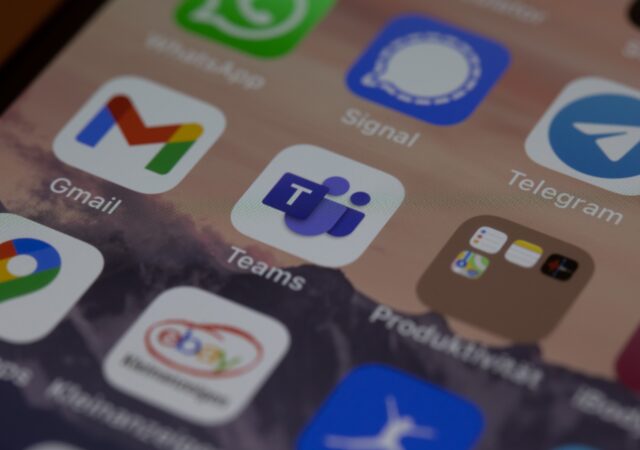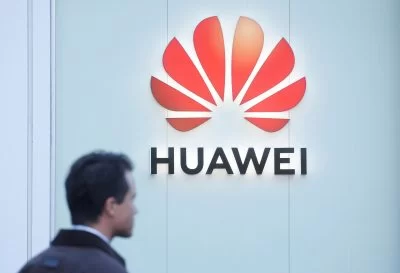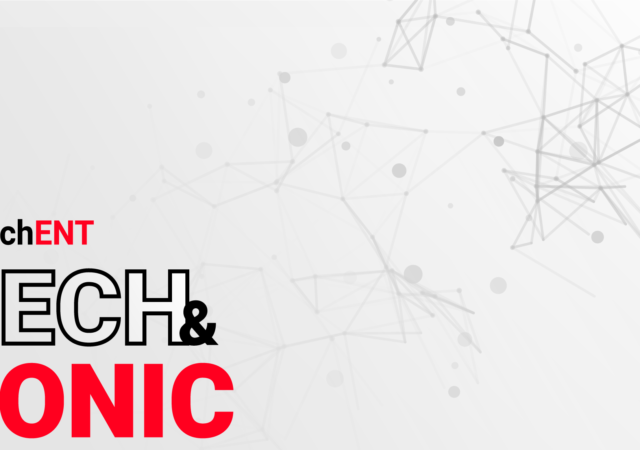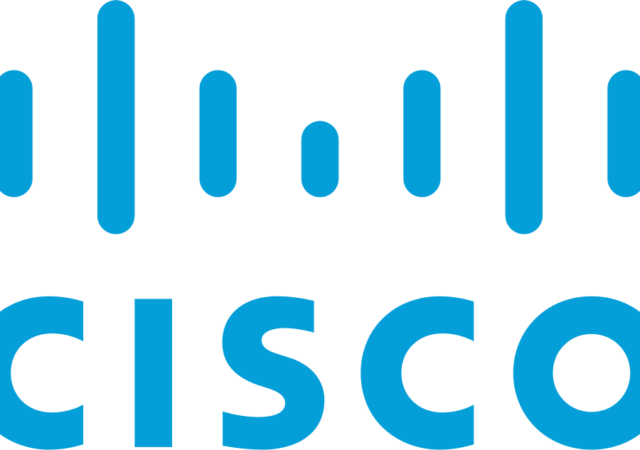Microsoft enhances their own Teams app with End-to-End Encryption. Microsoft Teams is now more secure than ever.
HUAWEI and ZTE Declared National Security Risks by FCC
FCC has just declared HUAWEI and ZTE to be national security threats. This subjects an even more stringent ban on the two Chinese brands.
Nintendo’s Security Breach Could be Worse than Initially Reported
Nintendo initially reported a security affecting users who were migrating from their legacy Nintendo Network ID to the new Nintendo Account on the Switch. It looks like it may be worse than expect
[Podcast] Tech & Tonic Special : Sitdown with Alex Tan of HID International about Biometrics and Security
In this special, we sat down with Mr. Alex Tan, the Director of Sales for the ASEAN Region for Physical Access Control Systems from HID Global. We had a conversation about some of the emerging trends in the industry on…
Is Privacy Our Sole Concern With Contact Tracing Technology?
This week the Guardian reported an alleged ‘standoff’ between the NHSX (the digital innovation arm of the NHS) and tech giants Google and Apple regarding the deployment of contact tracing technology aimed at curbing the spread of the Covid-19 virus.…
How ethical hacking can improve your security posture
The current landscape of cyber security has changed dramatically. Protection through conventional methods may not be too effective.
[Cisco 2019 CISO Report] A Good Year For Malaysia
CISO stands for Chief Information Security Officer. From that description alone, we believe you would know what this report is about then. If you still do not; Cisco did a study for the cyber security field for 2019 by interviewing…









